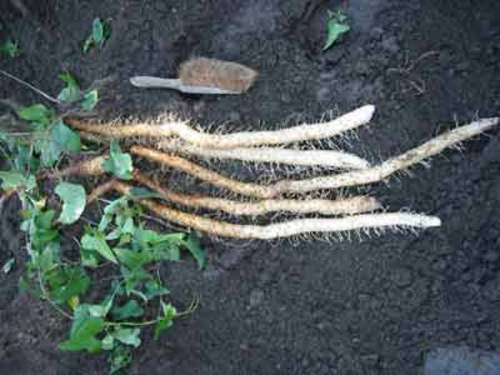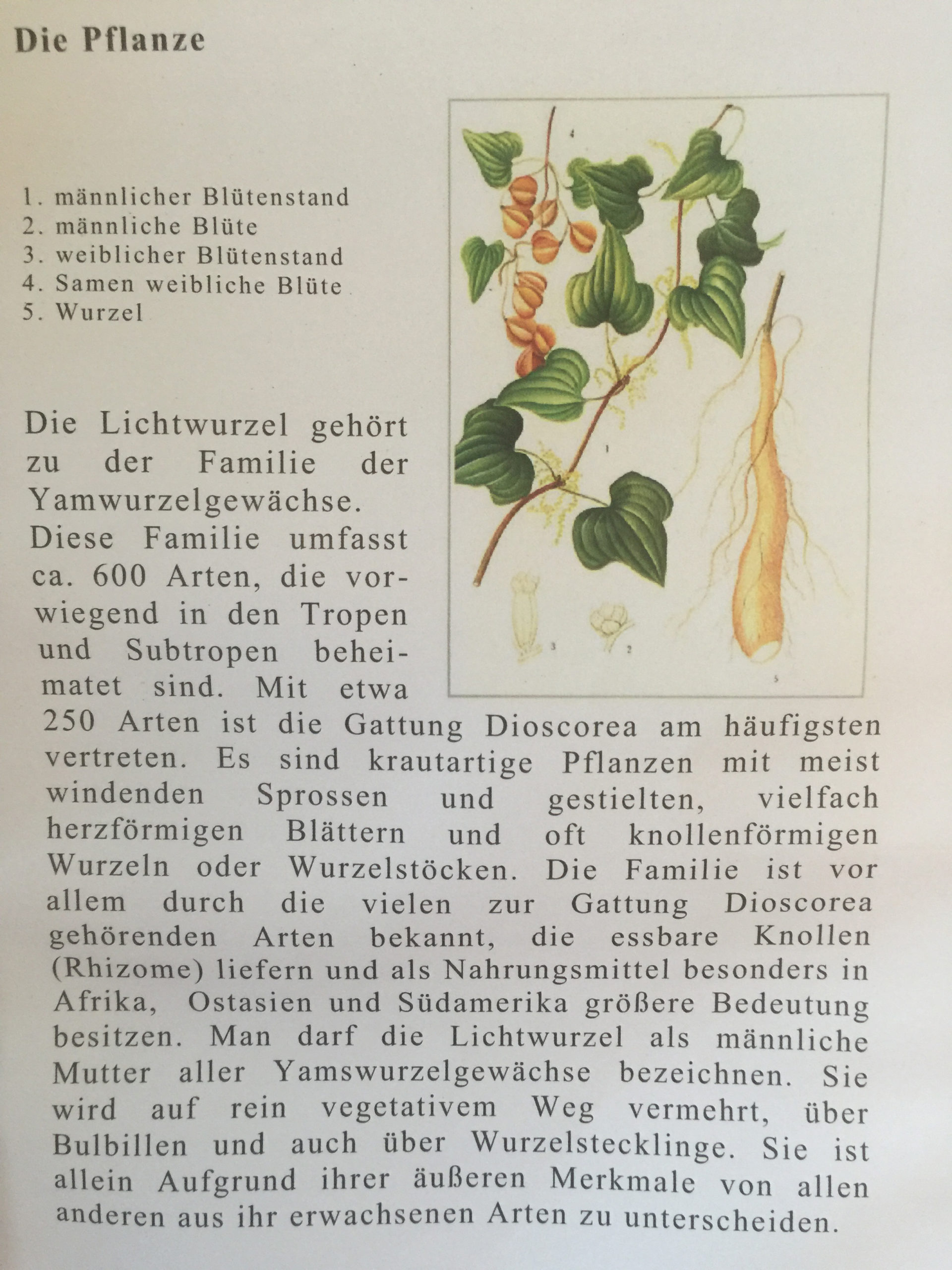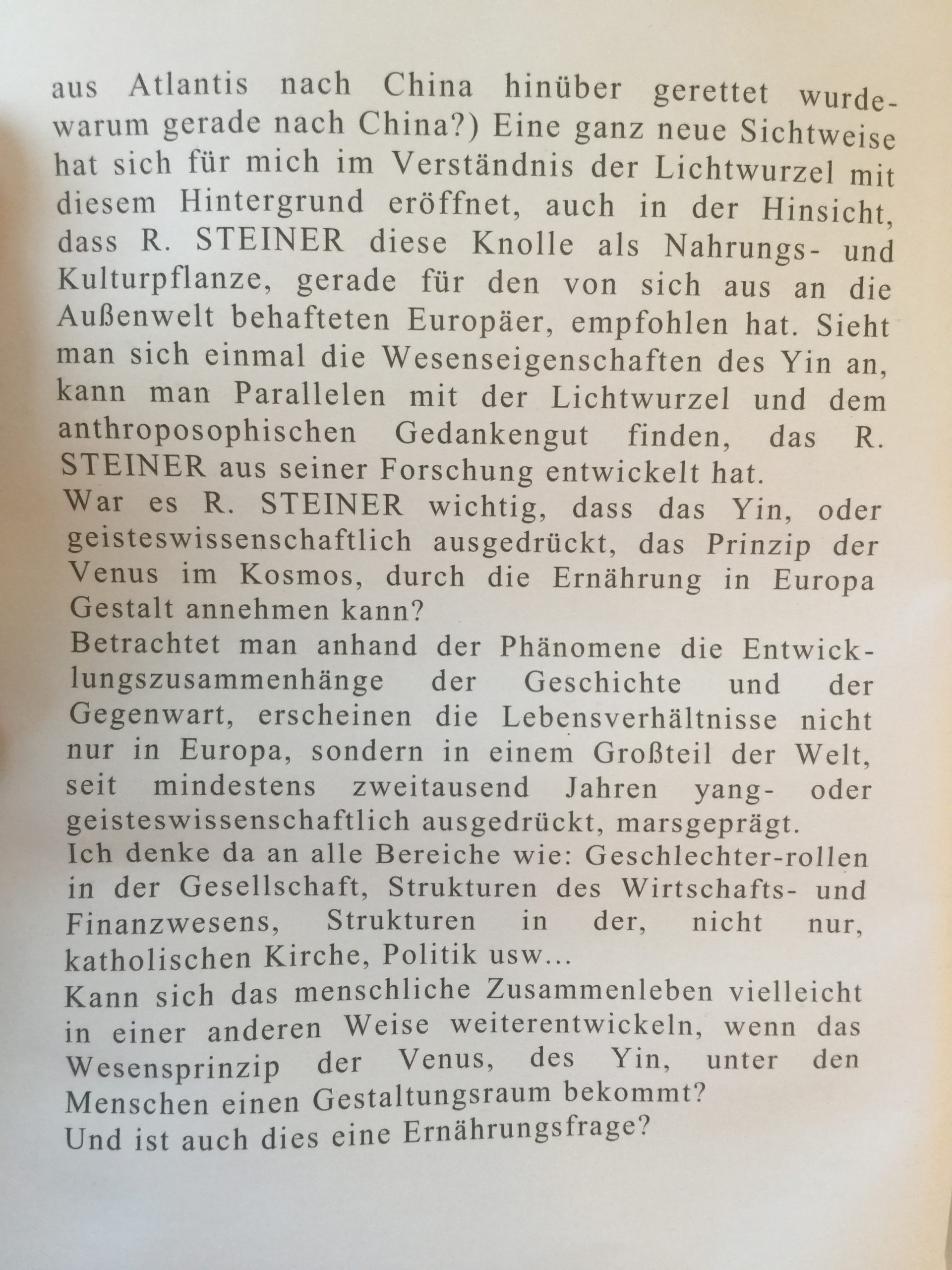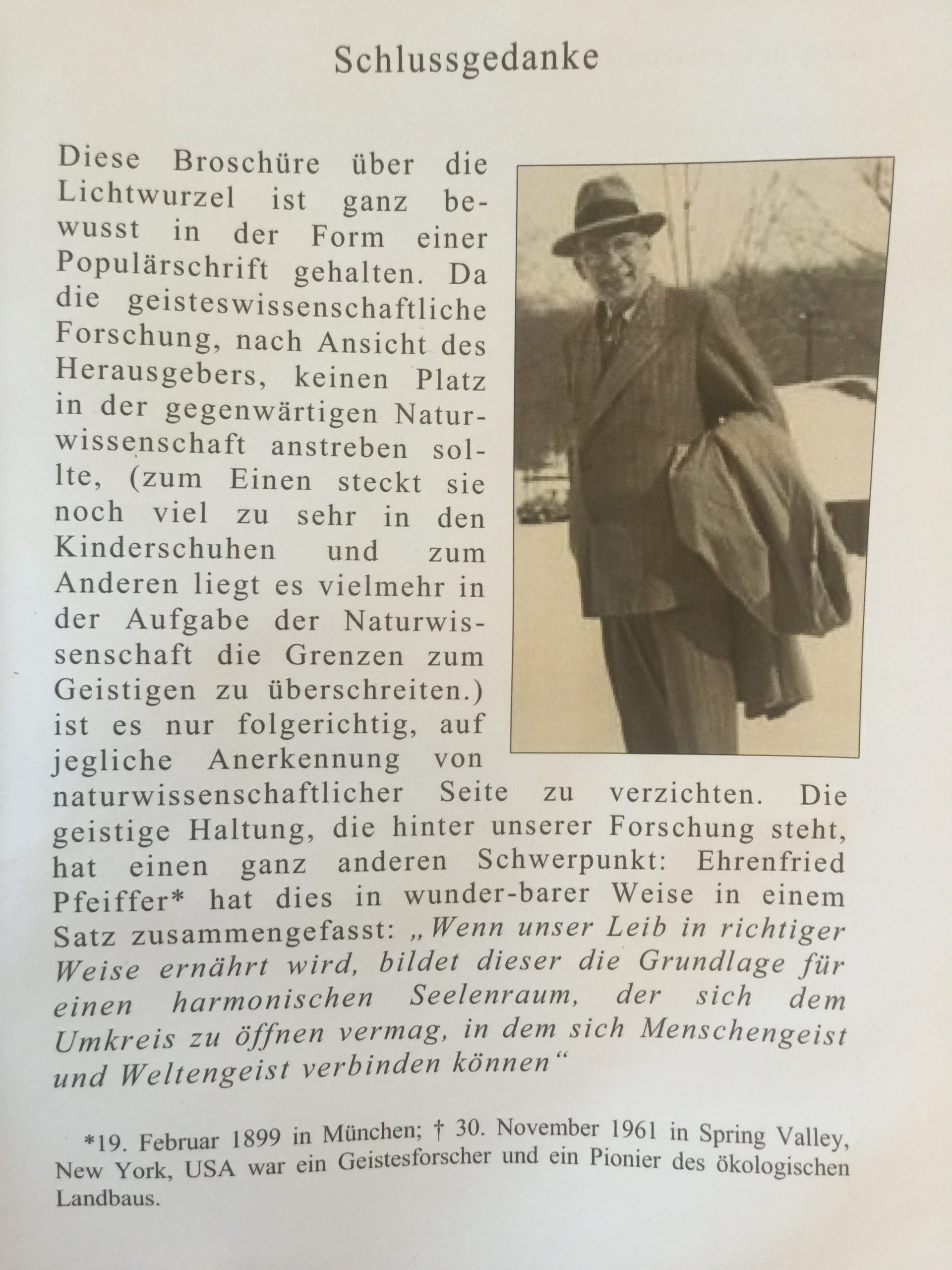
Anyone who has opted for a vegan lifestyle will be familiar with the challenges of everyday life. Food is now clearly labeled, as are most cleaning products and cosmetics. When it comes to bedding, many consumers today are opting against down in favor of plant-based and synthetic filling materials. Images of geese screaming and having their down torn out while they are still alive are prompting more and more animal lovers to look for alternative bedding. In Germany, live plucking is prohibited and is rejected by many consumers. But watch out! Bedding manufacturers cannot and do not want to guarantee where the down really comes from. As recently as 2013, Stiftung Warentest criticized the inadequate traceability of down in pillows and comforters. Conclusion: “Live plucking” is not excluded. Plant-based and synthetic filling materials, on the other hand, not only score points in terms of animal welfare, but also offer decisive advantages in terms of health, care, ecology and price. Modern plant-based and synthetic filling materials are warm, light, breathable and, above all, unbeatable value for money:
- Synthetic fillings: Usually fluffy hollow fibers made of polyester are used, which trap the air in a similar way to down and thus have a cozy, warming and insulating effect. Modern viscose is an ecological man-made fiber based on wood pulp. Viscose fibers such as Tencel or Lyocell are breathable and warming. Like other synthetically produced fibers, they can be washed at 60°C without clumping and losing quality like down. These fillings for pillows or comforters do not provide a food source for mites and are easy to care for. They are therefore particularly suitable for house dust allergy sufferers.
- Plant-based fillings: Another insider tip is bedding with kapok or hemp fillings. The kapok fibers come from the fruit capsules of the tropical kapok tree and are very light, elastic, warming and breathable. Hemp has the smallest ecological footprint of all bed fillings and is the most resistant to bacteria, mold and fungi of all natural fibers. Hemp can absorb more than 30% of its weight in water and transports moisture optimally to the outside during sleep. Cotton fillings, which are also available in organic quality, are very suitable for people who perspire heavily. Natural latex made from 100% natural rubber is one of the most sustainable materials for pillows, as natural latex offers excellent moldability, good support properties and is easy to clean. Natural bedding manufacturers offer pillow fillings made from millet or spelt, which provide excellent support for the head and can absorb a lot of moisture.
Source: Peta.de
Picture: Cloud pillow,
rabbit
,
baby piggy
,
crib blanket
and
cover
from
Ikea
.
You can also find more information here:
Peta/Down

Vegan bedding list
To make it easier for you to find vegan bedding, we have put together a list where you can quickly find suitable products:
-You can find more vegan organic sleeping systems (vegan range from Alnatura) bsw.
here
.
-Organic sleeping bags for babies & toddlers at Babymüller, here, as well as other shawlsystems/pillows here.
-baby textiles from Ikea,
here
.
-Vegan pillow test
here
.
-Elsa neck pillow (natural latex) from Switzerland, available for example
here
.
(Info: The Elsa neck pillows can be tested for up to one week; simply ask your pharmacy about the offer)
-Buy here cushions online,
here
.





















